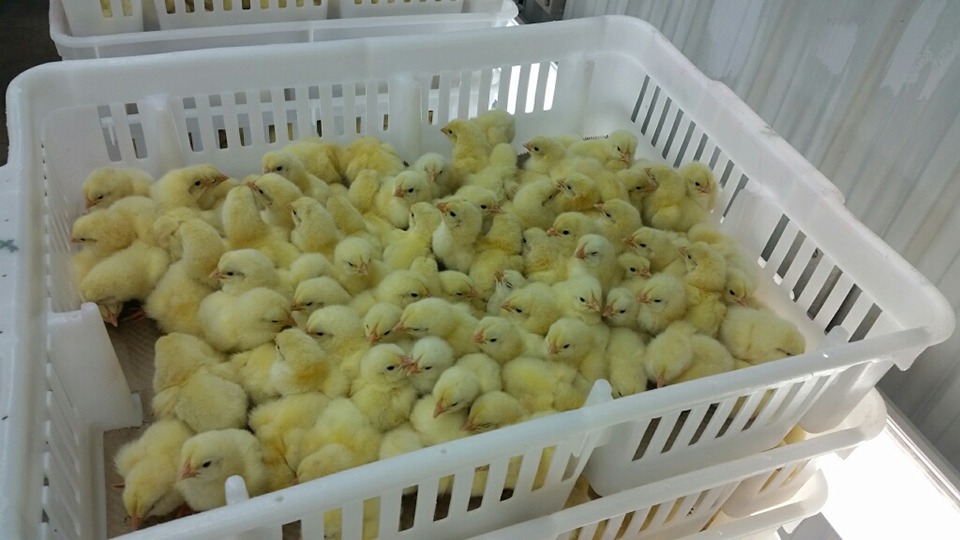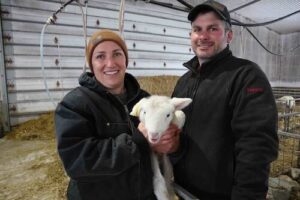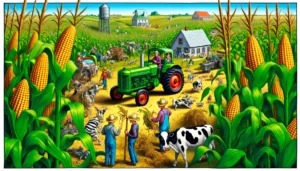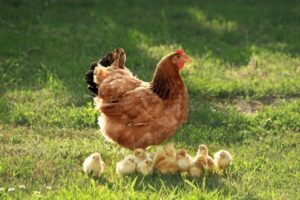
hatchery.jpg
Hatchery
Definition:
A hatchery is a facility or establishment dedicated to the artificial incubation and hatching of poultry eggs, including chicken eggs, turkey eggs, duck eggs, or other avian eggs, for the purpose of poultry farming, poultry production, or poultry breeding programs. Hatcheries play a crucial role in the poultry industry, supplying day-old chicks, poults, or ducklings to farmers, producers, and backyard enthusiasts for broiler production, egg production, or breeding purposes.
Description:
Hatcheries utilize specialized equipment, incubators, hatchery trays, and hatchery management protocols to optimize egg incubation, embryo development, and chick hatching processes, ensuring hatchability rates, chick quality, and genetic integrity in poultry populations. Hatchery operations involve egg collection, egg sanitization, incubation, candling, hatch monitoring, chick handling, and chick transportation, adhering to biosecurity measures, hygiene standards, and animal welfare practices to minimize disease risks, microbial contamination, and chick mortality rates.
Fall off the barn roof and busted your keister? Life on the farm or ranch can be tough on the bum. Need a break? Laugh it off at FarmerCowboy.com, the #1 farm humor site. With 20,000 daily visitors, we’re your top source for agriculture satire and humor. Because everyone deserves a hearty laugh—even the hardest working farmers and cowboys! Join us and turn those long days into fun tales at FarmerCowboy.com.
Characteristics of Hatcheries:
Hatcheries possess various characteristics, including:
- Incubation Equipment: Hatcheries are equipped with egg incubators, setters, hatchers, or multi-stage incubation systems designed to control temperature, humidity, ventilation, and turning mechanisms during egg incubation cycles, providing optimal conditions for embryonic development, chick viability, and hatchability rates.
- Hatchery Management: Hatcheries employ skilled staff, hatchery technicians, or poultry specialists to oversee hatchery operations, monitor incubation parameters, assess egg fertility, troubleshoot hatchery problems, and ensure the health, well-being, and performance of hatchery chicks throughout the hatching process.
- Quality Assurance: Hatcheries implement quality assurance programs, hatchery hygiene protocols, and chick vaccination schedules to maintain hatchery biosecurity, prevent disease outbreaks, and enhance chick health, immunity, and survivability in poultry production systems, promoting sustainable hatchery practices and animal welfare standards.
Uses of Hatcheries:
Hatcheries serve various purposes in poultry farming and poultry production, including:
- Chick Production: Hatcheries produce day-old chicks, poults, or ducklings for commercial broiler production, egg production, or poultry breeding programs, supplying farmers, producers, and hatchery customers with healthy, vigorous chicks for flock establishment, flock replenishment, or genetic improvement purposes.
- Genetic Selection: Hatcheries play a role in genetic selection, breeding stock production, and genetic improvement programs, collaborating with breeding companies, genetics firms, or research institutions to propagate desirable traits, breed standards, or performance characteristics in poultry populations, supporting genetic diversity, productivity, and sustainability in poultry genetics.
- Market Distribution: Hatcheries distribute day-old chicks, poults, or ducklings to local markets, regional distributors, or international customers through chick transportation networks, hatchery delivery services, or chick pickup arrangements, facilitating the supply chain logistics, customer satisfaction, and market access for poultry products.
Conclusion:
Hatcheries are essential components of the poultry industry, providing artificial incubation, chick hatching, and chick distribution services for poultry farmers, producers, and hatchery customers worldwide. By adhering to best practices in hatchery management, biosecurity protocols, and animal welfare standards, hatcheries can contribute to the sustainability, profitability, and competitiveness of the poultry sector while meeting the evolving needs and expectations of the poultry market.
References:
- Aviagen. (2020). Hatchery Management Guide: Best Practices for Incubation, Hatching, and Chick Quality. Aviagen.
- FAO (Food and Agriculture Organization of the United Nations). (2020). Poultry Sector Brief: Global Hatchery Production. Food and Agriculture Organization.
Originally posted 2008-08-13 08:37:03.
Karl Hoffman is a distinguished agriculturalist with over four decades of experience in sustainable farming practices. He holds a Ph.D. in Agronomy from Cornell University and has made significant contributions as a professor at Iowa State University. Hoffman’s groundbreaking research on integrated pest management and soil health has revolutionized modern agriculture. As a respected farm journalist, his column “Field Notes with Karl Hoffman” and his blog “The Modern Farmer” provide insightful, practical advice to a global audience. Hoffman’s work with the USDA and the United Nations FAO has enhanced food security worldwide. His awards include the USDA’s Distinguished Service Award and the World Food Prize, reflecting his profound impact on agriculture and sustainability.






